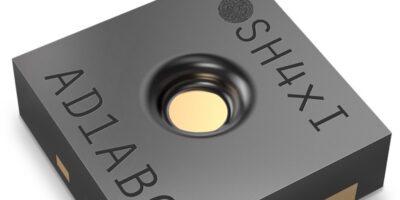This year, as Linux open-source operating system marks its 30th anniversary, ADI has expanded its Linux distribution by adding more than 1,000 ADI peripherals supported by in kernel Linux device drivers.
The new Linux distribution focuses on ready-to-use in kernel Linux device drivers, offering a robust system for software development, reducing risk and development time with pre-existing code that is peer-reviewed and backed by industry. The distribution contains the essential components for running the built-in drivers and enables customers to integrate custom software. By providing hardware and software compatibility across the customers’ full ecosystem, the Linux distribution will help prevent hardware lock-in while also minimising software development needs.
Designed to enable the rapid development of embedded solutions, these open-source device drivers streamline the software development process for ADI’s customers, providing access to tested, high-quality software to create solutions across a range of industries, including telecom, industrial, military, aerospace, medical, automotive, security and Internet of Things. This portfolio includes products from Maxim Integrated Products which is now part of Analog Devices.
“With these drivers, we can serve our customers in a more holistic manner by streamlining the software development process and making it more cost and resource efficient,” said David Babicz, director of engineering at ADI. “Using open-source, tested code that they know will work in lockstep with their hardware means customers can focus on innovating instead of building software from scratch, helping them get their products to market faster.”
As part of the milestone celebration, ADI has released Kuiper Linux, a free Linux-based operating system based on Raspbian/Debian that is optimised for ADI peripherals and that supports ARM-based systems such as Raspberry Pi, Xilinx Zynq, Xilinx Zynq Ultrascale+ MPSoC, Intel Cyclone V SoC, Intel Arria 10 SX SoC and Intel Stratix 10 SoC.
For the past 15 years, engineers within Analog Devices and collaborating organisations have developed Linux kernel device drivers in a range of Linux subsystems across ADI’s product portfolio including audio, battery charging and management, real-time clocks, power management, video, industrial input/output, accelerometers, amplifiers, A/D converters, D/A converters, beamformers, phased lock loop, gyroscopes, inertial measurement unit, input devices, networking, and universal serial bus.
Go to http://www.analog.com







